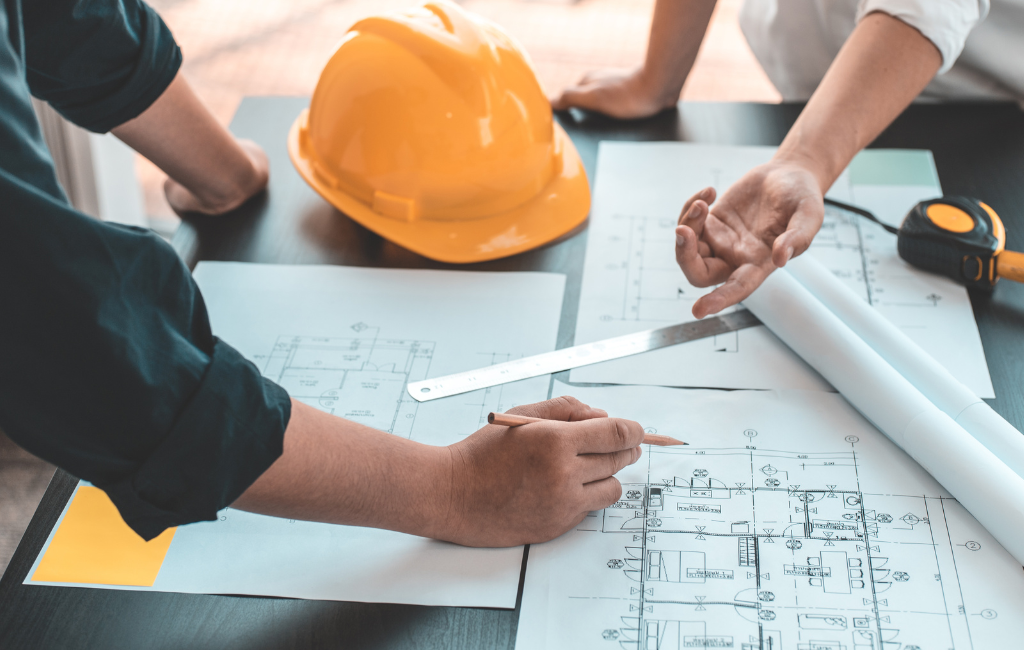
Architect Solutions
Architect Solutions for Urban Living
Urban living presents unique challenges and opportunities for architects. As cities grow and evolve, the need for innovative and sustainable architectural solutions becomes increasingly important. This article explores various strategies and examples of how architects are addressing the complexities of urban environments.
Green Building and Sustainability
One of the most significant trends in urban architecture is the emphasis on green building and sustainability. Architects are designing buildings that minimize environmental impact and promote energy efficiency. This approach not only benefits the environment but also enhances the quality of life for urban residents.
Examples of Green Buildings
- One Central Park, Sydney: This residential tower features vertical gardens and a heliostat that reflects sunlight into shaded areas, reducing the need for artificial lighting.
- Bullitt Center, Seattle: Known as the “greenest commercial building in the world,” it generates its own energy through solar panels and collects rainwater for reuse.
Mixed-Use Developments
Mixed-use developments combine residential, commercial, and recreational spaces within a single area. This approach reduces the need for long commutes, fosters community interaction, and makes efficient use of limited urban space.
Case Study: Hudson Yards, New York City
Hudson Yards is a prime example of a mixed-use development. This 28-acre site includes residential towers, office spaces, retail stores, parks, and cultural venues. The integration of various functions within one area creates a vibrant and dynamic urban environment.
Adaptive Reuse of Buildings
Adaptive reuse involves repurposing old or underutilized buildings for new functions. This strategy preserves historical architecture, reduces construction waste, and revitalizes urban areas.
Case Study: The High Line, New York City
The High Line is a former elevated railway track transformed into a public park. This project has not only preserved a piece of New York’s industrial history but also created a green space that attracts millions of visitors annually.
Smart Cities and Technology Integration
Technology plays a crucial role in modern urban architecture. Smart cities leverage data and technology to improve infrastructure, enhance public services, and create more efficient urban environments.
Examples of Smart City Initiatives
- Songdo International Business District, South Korea: This city is designed with smart technology integrated into its infrastructure, including automated waste collection and smart energy grids.
- Barcelona, Spain: The city uses sensors to monitor air quality, traffic, and energy usage, allowing for real-time adjustments to improve efficiency and sustainability.
Affordable Housing Solutions
Providing affordable housing in urban areas is a significant challenge. Architects are developing innovative solutions to create cost-effective and livable housing options for diverse populations.
Case Study: Quinta Monroy, Chile
Quinta Monroy is a social housing project that provides affordable homes for low-income families. The design allows residents to expand and customize their homes over time, making it a flexible and sustainable solution.
Public Spaces and Community Engagement
Public spaces are essential for fostering community engagement and improving the quality of urban life. Architects are designing parks, plazas, and other communal areas that encourage social interaction and provide recreational opportunities.
Case Study: Millennium Park, Chicago
Millennium Park is a prime example of a successful public space. It features art installations, gardens, and performance venues, attracting both residents and tourists. The park has become a cultural hub and a symbol of urban revitalization.
Conclusion
Architectural solutions for urban living are diverse and multifaceted. From green buildings and mixed-use developments to adaptive reuse and smart city technologies, architects are finding innovative ways to address the challenges of urbanization. By focusing on sustainability, community engagement, and technological integration, these solutions contribute to creating more livable, efficient, and vibrant urban environments.
